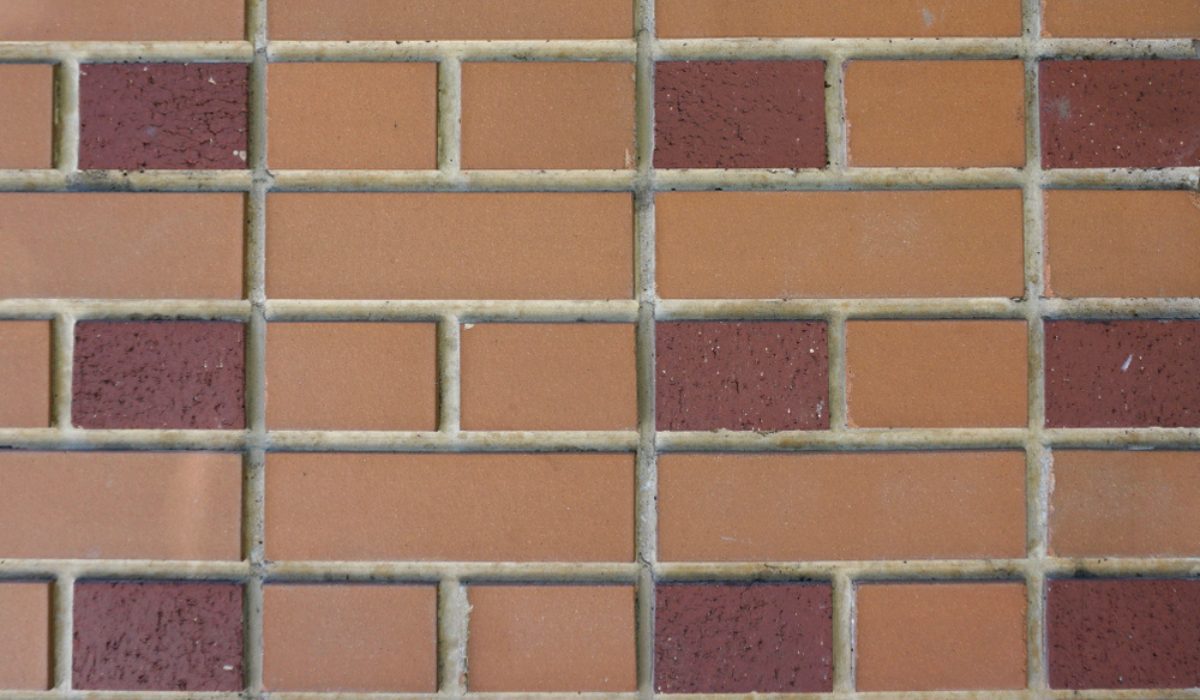The English bond in brick masonry consists of two alternating courses of stretchers and headers, each with one course of stretchers and one course of headers. Each alternate row is vertically aligned, and the headers are put with their centres on the stretchers in the course below. After the initial header, quoin closer is used at the start and finish of a wall to break up the continuity of vertical joints. Bricks are split in half lengthwise and used as quoin closures at corners of brick walls.
An English bond can be constructed for almost all wall thicknesses. Out of all the bonds, it is one of the strongest. The headers and stretchers in this bond are arranged in alternate courses, as illustrated. Each vertical joint crosses the other. Followed by the vertical joints of the stretcher course.
A queen closer separates the vertical joints and restricts them from forming a straight line. The queen closer is positioned after the quoin header for each heading course.

Source: Pinterest
English bond: Features
The basic features of the English bond are:
- There are no long vertical joints generated.
- The alternate course in the elevation either has stretchers or headers.
- Each header in a different course crosses the joint created by the two stretchers just below it in the middle.
- The stretchers must pass the headers by a minimum distance of one-fourth their length. The stretcher course is an example of this.
- Walls that contain even more than one-half brick have the same appearance on both faces. Stretchers would therefore be displayed on the back face of a course that displays them on the front.
- The walls with numerous unusual half-brick patterns have headers on one face and stretchers on the other.
- Headers make up the central section of the thicker walls.
- For a stretcher course, a queen closer is not necessary. It is used for the header course inserted immediately following the quoin header. No header course should begin with the closer to the queen.
- Compared to the stretcher course, the joints created in the header course are larger. Because of this, the joints in the stretcher course are thicker than those in the header course.

Source: Pinterest
English bond: Advantages
The English bonds established into thick walls are more longitudinally stable under this configuration. With this bonding pattern, bricks angled towards the face of the wall are used to fill the spaces between a wall’s external stretchers. English bonds have the characteristics of being sturdy, reliable, and waterproof.
English bond: Disadvantages
Using English bonds has some drawbacks, including quick oxidation and easy water staining.
FAQs
Why is the English bond strongest?
Rows of stretchers and headers are alternated in the English brick bond. However, it is rarely employed for large-scale residential buildings because it requires more bricks than a stretcher bond. This type of wall construction is frequently regarded as one of the best and strongest brick bond designs available.
What are some applications of the English bond?
Boundary walls, gardens, and other structures are additional popular uses for these walls. Moreover, these are employed as the outside of cavity walls.
Are English bonds expensive?
No, English bonds are inexpensive compared to other bonds. An English bond doesn't require expert labour, while other bonds do. The strength is greater for this connection in walls that are at least 1.5 bricks thick. This type of bond provides more robust support for walls.
| Got any questions or point of view on our article? We would love to hear from you. Write to our Editor-in-Chief Jhumur Ghosh at jhumur.ghosh1@housing.com |






